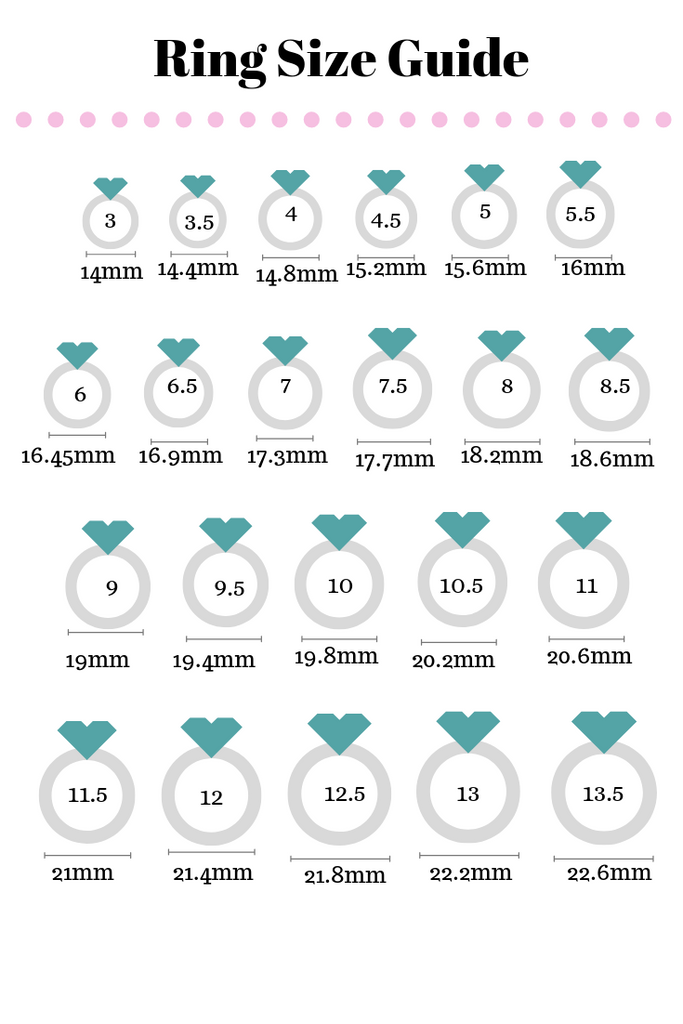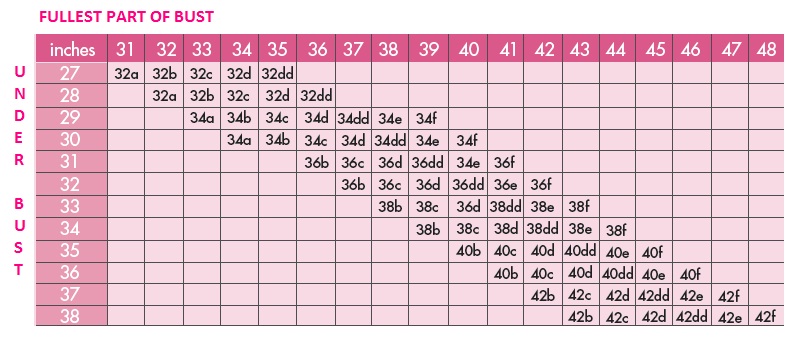The aim of this study was to calculate, for the first time, minimum provider volumes in total knee replacement using routine German data. In patients with primary total knee replacement , the relationship between hospital volume per year and risk of "insufficient mobility" and "wound infection" was calculated by means of logistic regression models. For both indicators, a statistically significant relationship between hospital volume and outcome could be demonstrated. Other risk factors such as age and ASA status also had a significant influence, but did not appear as important confounders.
The risk for the secondary quality indicator "infection" decreased constantly with increasing hospital volume, thus the curve was very flat. This supports the hypothesis that high volume hospitals have a higher quality level than low volume hospitals. However, the explanation value for hospital volume was too low to derive a threshold level that clearly discriminates between good and bad quality of care. The relationship between the primary quality indicator "insufficient mobility" and hospital volume unexpectedly showed a U-shaped distribution. This questions the concept of a minimum provider volume regulation for primary total knee replacement for the quality indicator "insufficient mobility".
Therefore, in this case no quantitative threshold values were calculated. This analysis supports the hypothesis of a volume-outcome relationship in primary total knee replacement. However, a minimum provider volume that clearly discriminates between good and bad quality of care could not be calculated on the basis of these German quality assurance data. As the pressure is reduced below the initial reservoir pressure, pi, the oil volume increases due to the oil expansion. This behavior results in an increase in the oil formation volume factor and continues until the bubble-point pressure is reached.
How To Calculate Minimum Volume Chemistry At pb, the oil reaches its maximum expansion and consequently attains a maximum value of Bob for the oil formation volume factor. As the pressure is reduced below pb, volume of the oil and Bo are decreased as the solution gas is liberated. When the pressure is reduced to atmospheric pressure and the temperature to 60°F, the value of Bo is equal to 1. As the pressure is reduced below the initial reservoir pressure pi, the oil volume increases due to the oil expansion. This behavior results in an increase in the oil formation volume factor and will continue until the bubble-point pressure is reached.
When the pressure is reduced to atmospheric pressure and the temperature to 60°F, the value of Bo is equal to one. CVP analysis also manages product contribution margin. The contribution margin is the difference between total sales and total variable costs.
For a business to be profitable, the contribution margin must exceed total fixed costs. The contribution margin may also be calculated per unit. The unit contribution margin is simply the remainder after the unit variable cost is subtracted from the unit sales price. The contribution margin ratio is determined by dividing the contribution margin by total sales.
The government's policy on supporting small businesses is reflected in Law No. 44-FZ. Budgetary organizations were obliged to carry out part of the purchases from small businesses (hereinafter - SMEs). The minimum volume of purchases from SMEs is established by law at the level of 15% of the total annual volume of purchases (hereinafter - SGOZ). Competitive methods are used to determine the supplier for purchases from the SMP, for example, an open tender, a two-stage tender, an electronic auction, and others.
In addition, it is possible to establish a requirement for a procurement participant who is not an SMP that he is obliged to attract those who belong to such a subcontractor. Such purchases are equivalent to purchases from the SME. This behavior results in an increase in the oil FVF and continues until the bubble point pressure is reached. At pb, the oil reaches its maximum expansion and consequently attains a maximum value of Bob for the oil FVF. Background In the United States the use of total hip arthroplasty has substantially increased over the last decade.
It is not known, however, if this trend can be applied to other countries as well. The aim of the current study was therefore a detailed comparison of hip, knee, and ankle arthroplasty utilization rates in Germany and Switzerland in the years 2005–2008 and a secondary comparison with the United States. Patients and methods Based on datasets from the national statistical offices the number of inhabitants, gender and age distributions and the number of primary and revision surgeries were determined. These figures served for calculating primary, revision and overall surgical volumes, revision burden, primary and revision rates per 100,000 inhabitants, gender and age-specific primary and revision rates. A comparably smaller dataset was provided for the respective US analyses.
Results In Germany, Switzerland and the US the number of implanted total and partial hip arthroplasties per 100,000 inhabitants rose from 235.8, 238.2 and 116.8 in 2005 to 254.7, 262.7 and 127.3 in 2008, respectively. For total and partial knee arthroplasty the rates were 156.3, 140.1 and 178.2 implantations in 2005 and 188.3, 176.8 and 213.6 in 2008, respectively. With 13.6% the revision burden in Germany was 3.6% higher than in Switzerland and accounted for 11.2% in the US.
In 2008 it was 15.1% in Germany, was hence 4.6% higher than in Switzerland and remained stable at 11.2% in the US. For knee replacements the 2005 German revision burden was 11.1% which was 3.5% higher than in Switzerland and was 7.4% in the US. In 2008 it was 12.8% in Germany and 4.2% lower in Switzerland and in the US it accounted for 8.9%. In all three countries the revision burden for knee arthroplasty was constantly lower than for hip arthroplasty.
Conclusion In all three countries the primary rates for hip and knee replacements rose over the years but those for knee arthroplasty to a higher extent. The 2008 revision burden was highest in Germany for both types of arthroplasty. In Switzerland there was a transient revision burden decrease with a new increase from the year 2007 onwards. The US hip replacement utilization rates per 100,000 inhabitants were considerably lower than those in Germany and Switzerland and for knee replacements they were slightly higher.
From the experimental data, prepare a table of the following values. Record all calculated results to the proper number of significant figures. Note that V and V¥ are the total volumes of NaOH solution delivered; they are not burette readings (unless, of course, your initial buret reading was 0.00 mL).
Base your calculations on the actual value of V¥ that you measured in lab - not the theoretical value! Atoms and molecules are close together in solids and liquids. Thus gases have lower densities than liquids and solids. Density is mass per unit volume, and volume is related to the size of a body cubed.
So if the distance between atoms and molecules increases by a factor of 10, then the volume occupied increases by a factor of 1000, and the density decreases by a factor of 1000. We analyzed 110,349 cases from 2004, 118,922 cases from 2005, and 125,322 cases from 2006. Implementation of the regulation had a significant effect on the number of cases per hospital. Of the hospitals that had performed one to forty-nine cases in 2005, 35.6% moved to higher-volume categories and 21.2% dropped out in 2006.
For wound infection, approximately half of the improvement was attributable to the effects of the minimum-volume regulation. For wound hematoma and secondary hemorrhage, the improvement could not be explained by the minimum-volume regulation. Implementation of the minimum-volume regulation for total knee replacement resulted in more patients being managed at higher-volume hospitals than expected. The implementation of minimum provider volumes in orthopaedic surgery appears to be logically evident.
A general volume outcome relationship could be found for total knee and hip replacement on a high level of evidence, but no definite threshold value could be identified. For other orthopaedic procedures the evaluated data hint at a volume outcome relationship but do not prove one. Since 1 January 2007 a minimum provider volume of 50 total knee replacements per year per hospital has been mandatory in Germany.
The further application of a minimum requirement regulation based on volume outcome considerations in the German health care system must be performed very carefully, because significant effects are to be expected. Several studies have demonstrated positive relationships between high hospital volume and improved outcome following total knee replacement. To our knowledge, it has not been demonstrated whether improved outcomes are causally determined by selective referral to high-volume hospitals.
We therefore evaluated the effect of a national regulation regarding minimum hospital volume for total knee replacement on two short-term outcome parameters. Before mixing, how many grams of Cu are present in the solution of CuSO4? Predict the identity of the precipitate in the reaction.
Write complete and net ionic equations for the reaction that occurs when the two solutions are mixed. From the calorimetric data, calculate ∆H for the reaction that occurs on mixing. Assume that the calorimeter absorbs only a negligible quantity of heat, that the total volume of the solution is 100.0 mL, and that the specific heat and density of the solution after mixing are the same as those of pure water.
The contribution margin can be stated on a gross or per-unit basis. It represents the incremental money generated for each product/unit sold after deducting the variable portion of the firm's costs. Basically, it shows the portion of sales that helps to cover the company's fixed costs.
Any remaining revenue left after covering fixed costs is the profit generated. So, for a business to be profitable, the contribution margin must exceed total fixed costs. To calculate the Minimum unit weight, The Minimum Unit Weight of Soil when Relative Density is Given formula is defined as ratio of weight of soil to maximum volume of soil. Maximum unit weight of soil is ratio of weight of soil to minimum volume of soil. The ideal gas law can be considered to be another manifestation of the law of conservation of energy .
Work done on a gas results in an increase in its energy, increasing pressure and/or temperature, or decreasing volume. This increased energy can also be viewed as increased internal kinetic energy, given the gas's atoms and molecules. If money is redistributed between several investment options or you are working with a shortage of money, but you have no opportunity to borrow, then you should take the average profitability of the business as Z. When calculating H, it is necessary to take into account only storage costs, without the costs of handling goods at acceptance and shipment, since their value does not change depending on the volume of stored products. However, if you cannot isolate them or, in general, take them into account, this is not very important, since in a profitable business there is usually much more Z than H / O and this term can be neglected.
Cost-volume-profit analysis is used to determine whether there is an economic justification for a product to be manufactured. The decision-maker could then compare the product's sales projections to the target sales volume to see if it is worth manufacturing the product. General Purpose SSD volumes offer cost-effective storage that is ideal for a broad range of workloads. These volumes deliver single-digit millisecond latencies and the ability to burst to 3,000 IOPS for extended periods of time. Between a minimum of 100 IOPS (at 33.33 GiB and below) and a maximum of 16,000 IOPS , baseline performance scales linearly at 3 IOPS per GiB of volume size.
AWS designs gp2 volumes to deliver their provisioned performance 99% of the time. A gp2 volume can range in size from 1 GiB to 16 TiB. Oil formation volume factor is defined as the volume of oil at reservoir pressure and temperature required to produce one stock tank barrel of oil at the surface. The dry unit weight of soil is the weight of soil solids per unit of total volume of soil mass. At room temperatures, collisions between atoms and molecules can be ignored. In this case, the gas is called an ideal gas, in which case the relationship between the pressure, volume, and temperature is given by the equation of state called the ideal gas law.
Use the ideal gas law to calculate pressure change, temperature change, volume change, or the number of molecules or moles in a given volume. If money is redistributed between several investment options or you work with a lack of money, but you cannot borrow, then you should take the average profitability of the business as Z. When calculating H, only storage costs should be taken into account, without the costs of handling goods at acceptance and shipment, since their value does not change depending on the volume of stored products. SGOZ is the total annual volume of purchases, that is, the money that is allocated for procurement activities in the current year.
This amount also includes payment for contracts that the customer signed last year, but the fulfillment of obligations and payment for which are due in the current year. We will tell you why this indicator is needed, what is included in it, and also give examples of calculation. It is important to note that the molarity is defined as moles of solute per liter of solution, not moles of solute per liter of solvent.
This is because when you add a substance, perhaps a salt, to some volume of water, the volume of the resulting solution will be different than the original volume in some unpredictable way. To get around this problem chemists commonly make up their solutions in volumetric flasks. These are flasks that have a long neck with an etched line indicating the volume. The solute is added to the flask first and then water is added until the solution reaches the mark. The flasks have very good calibration so volumes are commonly known to at least four significant figures. The mass flow rate formula can be derived from the volume flow rate formula by multiplying the entire equation by the density of the fluid, ρ.
This follows from the fact that density is mass divided by volume, which also means that mass equals density times volume. The volume flow equation already has units of volume per unit time, so to get mass per unit time, you simply need to multiply by density. This is a good start but there is a better way that delivers more insight. That is the Price Volume Mix analysis, where we can see how individual factors, such as price changes, sales volumes and product mix affected your revenue.
Evaluating total sales, marketers endeavor to increase their revenue while monitoring sales volume to look for strategies to sell more products. If you have several offline stores in one city and the volume of items sold differs a lot, you should pay special attention to where you put your new store since shopping opportunities underlie this factor. The reliability of CVP lies in the assumptions it makes, including that the sales price and the fixed and variable cost per unit are constant. The costs are fixed within a specified production level. All units produced are assumed to be sold, and all fixed costs must be stable. Another assumption is all changes in expenses occur because of changes in activity level.



























